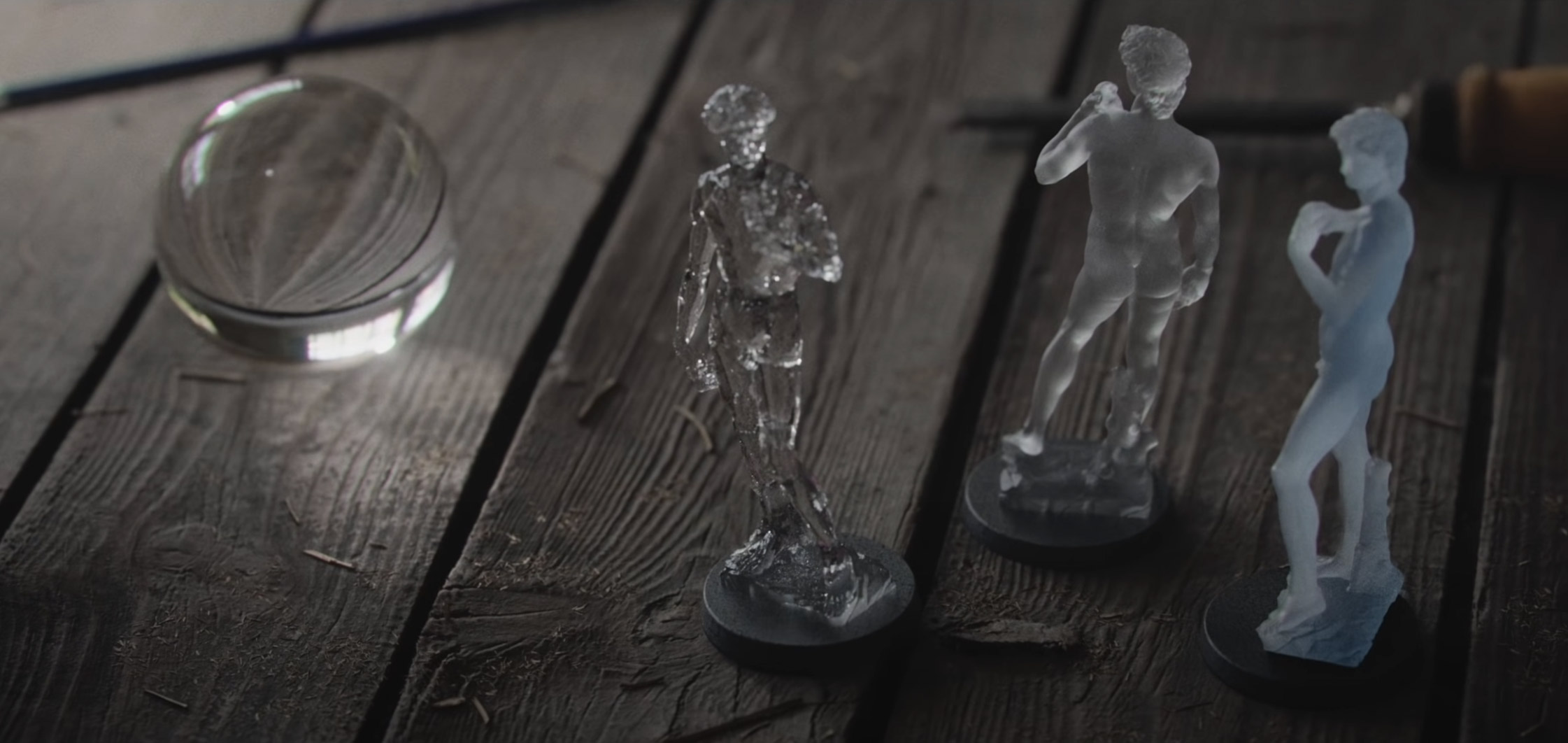Let’s check out the new features of Subsurface Scattering, Raytraced Translucency, Caustics and more, in the new and improved Path Tracer renderer in Unreal Engine 4.27.
Why use Path Tracer renderer?
The Path Tracer is similar to other offline renderers in how it is used, like V-Ray and Arnold. It works by casting many rays into the scene to gather information about light and color to shade a given pixel.
Ray tracing is great for real-time graphics, path tracing techniques are better for generating an unbiased target result because it’s not limited by the number of samples it can use, making it good for comparing against real-time ray tracing features.

The video tutorial is pretty condensed but it will cover everything you should know before using Path Tracer in Unreal Engine 4.27!
Tutorial made by William Faucher, 3dartist and Unreal Engine expert.
PATH TRACER Explained – Unreal Engine’s Underrated Tool
00:00 – B-Roll
00:25 – Pathtracer Explanation
02:26 – System Requirements
03:14 – Using the Path Tracer
06:39 – Why Samples Matter
09:03 – Denoising for video
10:17 – Other Features
13:02 – Changes to Materials
17:04 – Changes to Skylight
19:40 – Skillshare
20:52 – Limitations
23:06 – Rendering with MRQ
25:07 – Recommended Render Settings
